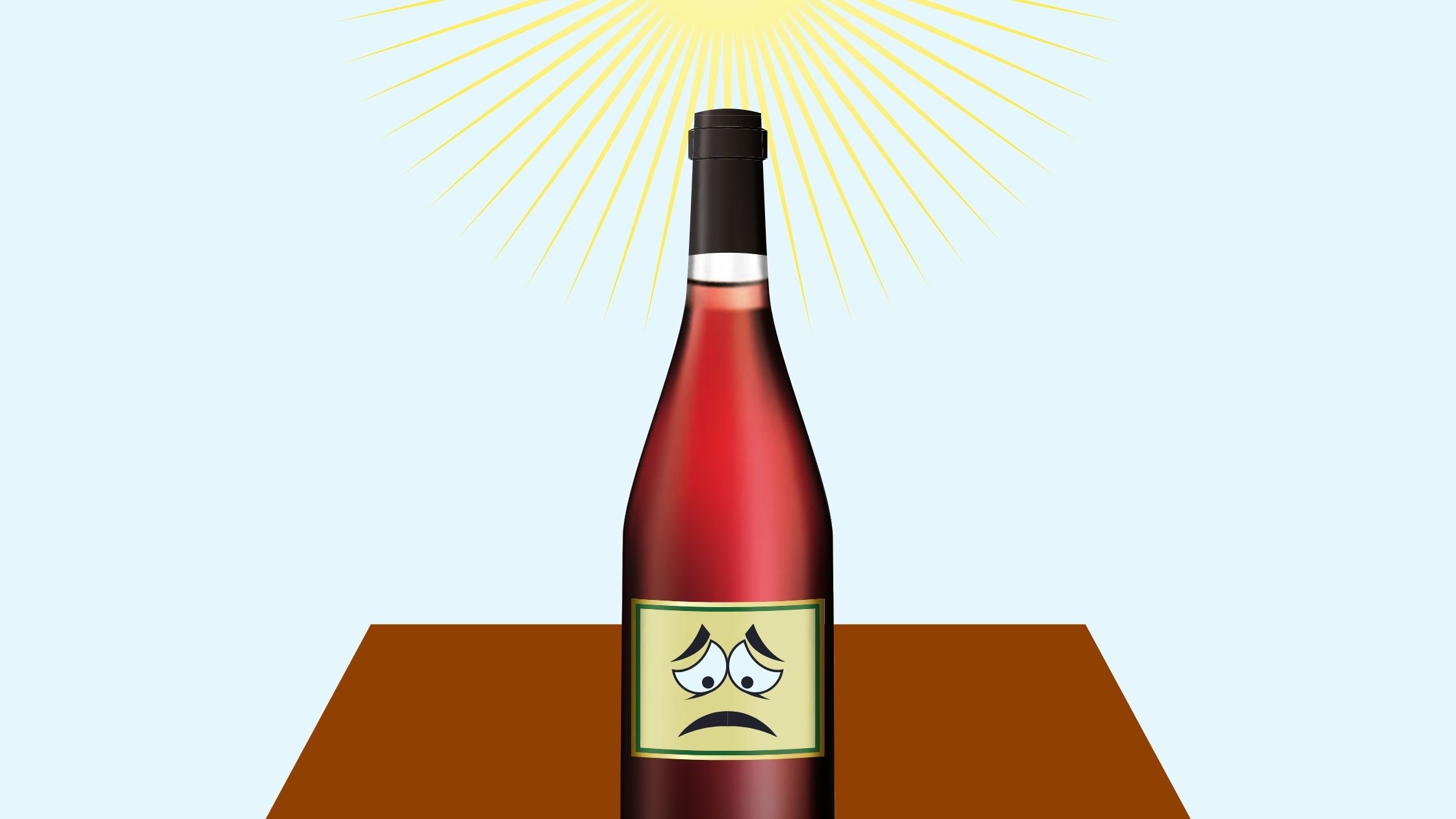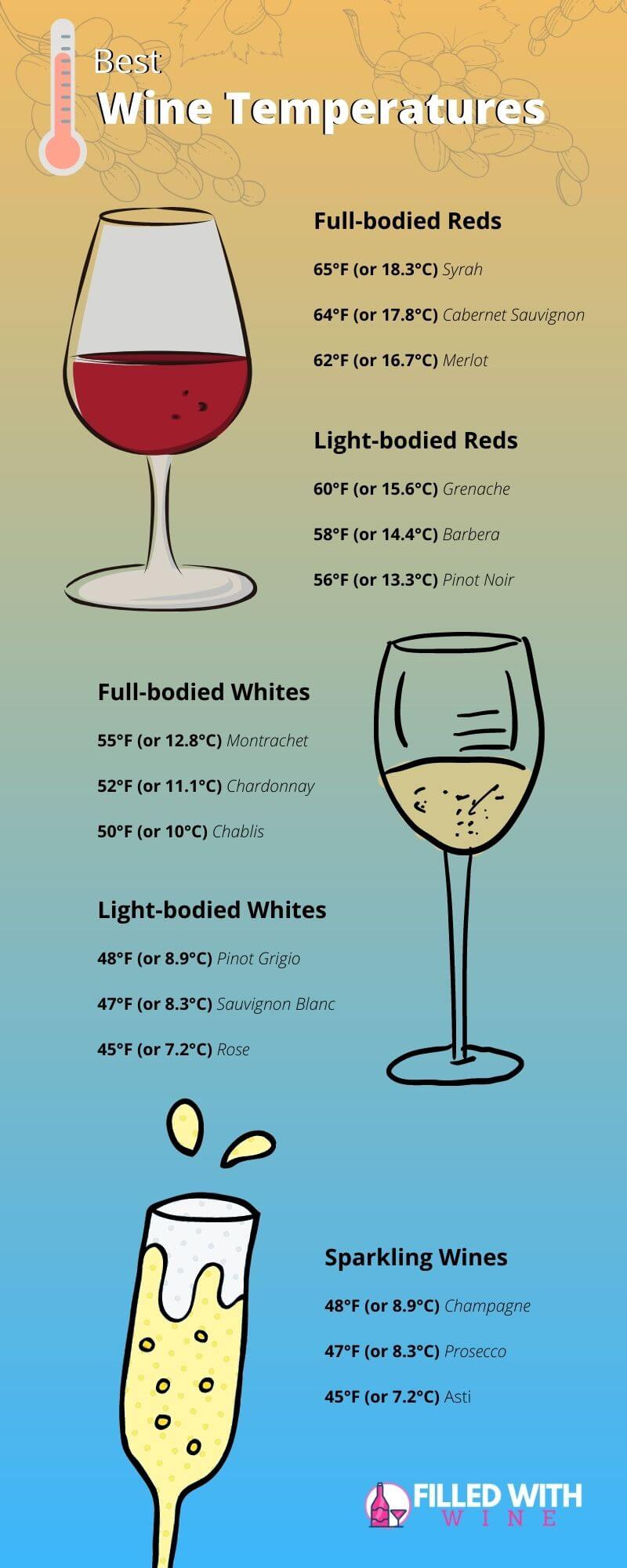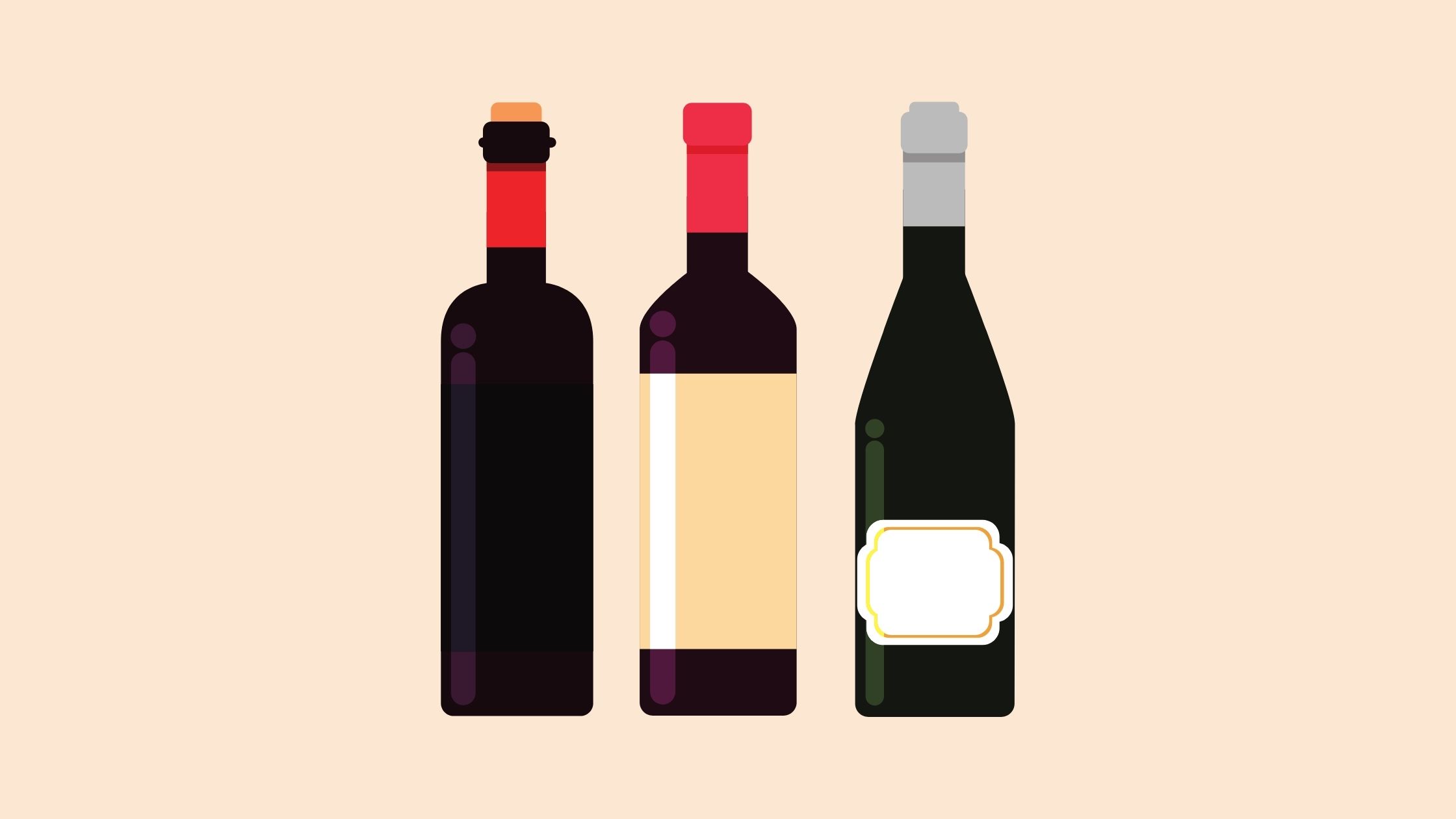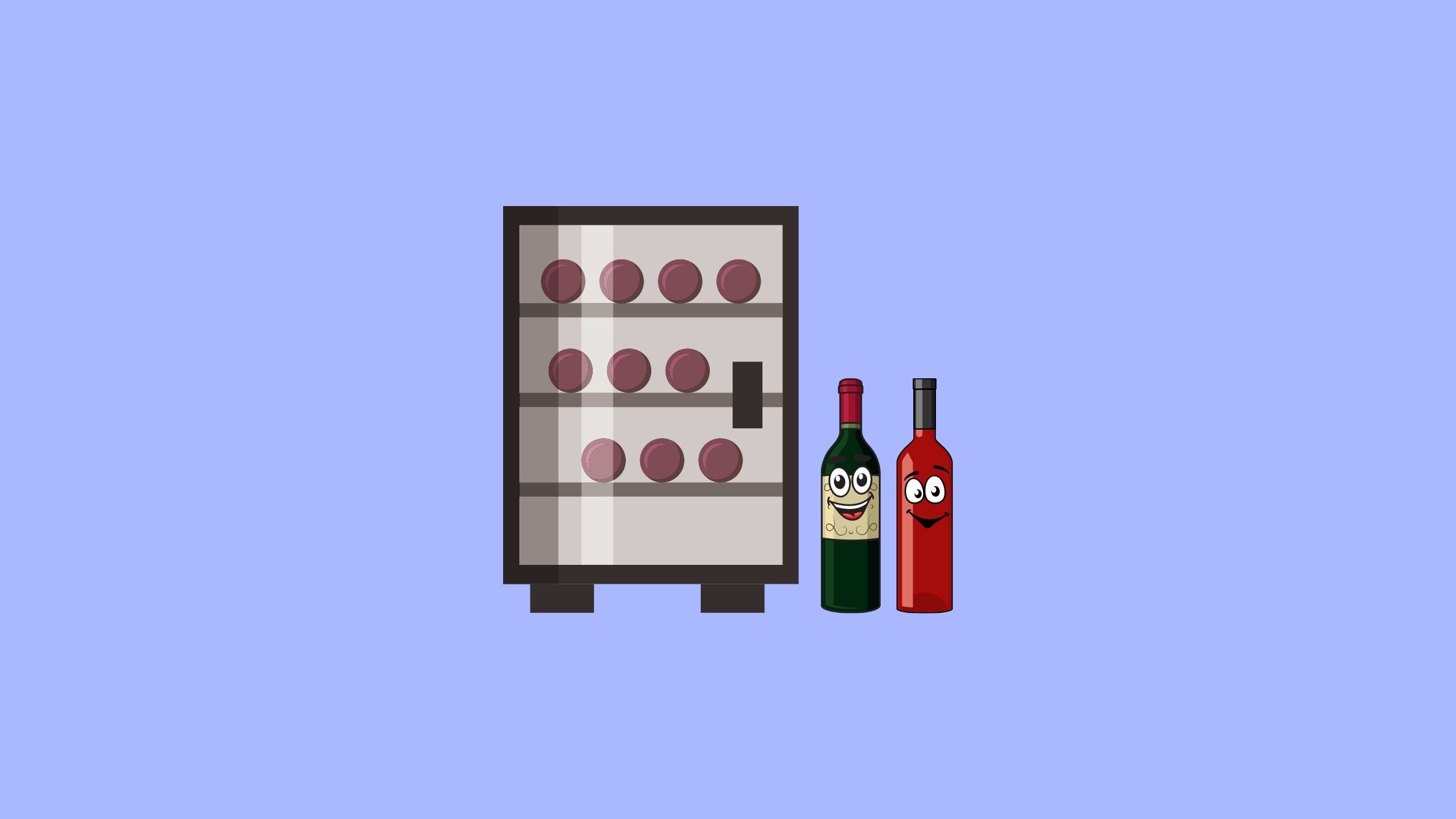We hate to hand it to you, but if you’re looking to hold onto your prized wine bottles for a while, your kitchen wine-rack is ruining your wine.
If you’re keeping your wine at room temperature, you are most likely causing the wine more damage than you realize. But why is that?
With so many misconceptions about how to correctly store your wine collection, the ideal wine storage options and how long to store wine, it can be easy to fall into a whirlpool of misinformation that could potentially spoil your wine experience. Understanding the different elements in wine and how they are affected long-term, can greatly assist you in preventing your wine from being ruined.
This article is here to guide you in exactly which conditions you need to keep your wines in, why these conditions are best and what would happen to your wine if these conditions aren’t maintained.
Here’s why your kitchen wine rack is doing your bottle injustice:
The Light is Ruining Your Wine

UV rays aren’t just bad for your skin, it’s ruining your wine too.
Whether this is artificial light or sunlight, having your bottles exposed to any form of light is one of the worst things you could do for your wine. This is true for anyone looking to keep their wines long-term, or even for the wine you’re looking to drink within the next month or two.
The science behind light-exposure is simply this: The UV rays from sunlight and fluorescent artificial light changes the actual compounds of the wine. These compounds include the flavour, aromas and structure of the wine. All these elements can be seriously damaged with regular or consistent exposure to any form of light.
So, what is the optimal condition then? A dark area. It is no coincidence that underground cellars had such dim lighting. These cellars were the closest thing to come to complete darkness.
Keep The Wine Cool
We have all heard the phrase, “keep your wine at room temperature,” but it is a term that has been so greatly misinterpreted. Room temperature is the correct temperature to keep your wine if you live in the cooler European countries where the temperature doesn’t rise above 70°F (21°C). So, keeping your wine in a dark cupboard is a step in the right direction, but if you experience warmer days, you could still potentially ruin the wine.
Much like with light, warmer temperatures alter the wine’s components and impact the wine’s flavors and aromas. In many cases, with extreme heat damage, the wine can develop fortified aromas and flavors. You really don’t want your good bottle of Cabernet turning into a sherry.
The ideal temperature for storage, especially long-term, is between 53°F and 57°F (11 – 13°C). And to go hand-in-hand with the cooler temperatures is storing the wine at consistently cool temperatures.
Keep The Temperature Consistent
Another important aspect of wine ageing is the regulation of these cool temperatures. Even if the wines are in relatively cool conditions, any fluctuation in temperatures could cause oxidation in the wine.
With every rise and fall in temperature, the wine’s cork expands and shrinks, as the cork is naturally quite elastic. With every expansion, oxygen can enter the small pores of the cork and remain trapped inside once it contracts again.
For any wine lover, one of the worst things to experience is an oxidized wine — and this is sure to result in oxidation.
This goes hand-in-hand with keeping the wine away from humid conditions, as this has a similar effect on the cork. Any humid conditions are capable of drying out the cork, which creates the perfect air pockets and the possibility of oxidation.
So, the ideal situated would be to keep the wine in a regulated area where it is not only cool, but it is constantly at the same temperature to ensure the wine’s longevity.
Wine Temperature Guide For Your Specific Wines
For those who are looking to store their wine at very specific temperatures to ensure that they can be consumed in exactly the right manner, here is a short guide for specific wines.

- For red wines, the ideal temperature would fall between 12°C and 19°C (53 – 66°F.)
- White wines, on the other hand, should ideally be kept between 8°C and 12°C (46 – 53°F.)
- As for sparkling wines, when stored and consumed, they can take relatively cold temperatures of between 5°C and 8°C (41 – 46°F.)
For long-term ageing, the temperatures should not be cooler than this. Anything cooler than this could prevent the development of aromas and flavors in the wine. In order for wines to develop these characteristics, moderate temperatures are required. Standard refrigerators are too cold for the development of these aromas and flavors.
Keep The Wine on its Side
While we’re on the topic of the cork, another important element is ensuring the cork is kept moist by ensuring constant contact with the wine inside the bottle. This rule is something most people know about storing wine; but oftentimes, it’s the only thing they know.
So much like how the humidity keeps the cork moist from the outside, it’s important to ensure the entire cork remains moist. By keeping the wine horizontal, you ensure one-half of the cork is kept moist, which will avoid drying out, cracking and prevent oxygen from seeping through the pores.
This, combined with keeping the humidity low, will preserve the cork and ensure it maintains its integrity for several years.
If you are wondering how long can wine be stored upright, whether it should be in a slanted or horizontal position, this article explains it all.
Avoid Movement and Vibration
For many, this is a new revelation: Constant movement or vibration around your wine could have equally as devastating effects on your wine as light and heat.
Wine is delicate and fragile and has to be well looked after. So as much as possible, keep your wine away from standard-refrigerators or microwaves, which causes constant vibration. Additionally, avoid moving your wine around too much from one area to another.
The theory is that constant vibration changes the physiochemical properties of the wine. The vibration speeds up the ageing process of the wine, but without allowing the wine to develop as it should. Thus, the result is a wine with unpleasant aromas and flavors and a lack of vibrancy.
What Does This All Mean?
With so much information on so many influences, it can be difficult to know what the right approach is.
Essentially, for both long-term and short-term storage, specific wine coolers and cellars create the perfect conditions for wine to be stored in. Although traditional underground cellars lacked heat, light and humidity (creating seemingly ideal conditions), there was no regulation of these conditions.
Modern-technology has allowed the wine-storage industry to refine these errors and create the perfect, regulated and moderated conditions. Although a conventional refrigerator is an upgrade from simply storing your wine at ‘room temperature,’ these temperatures are too low for long-term storage.
Types of Cellars For Optimal Conditions

1. Single-Zone and Dual-Zone Cellars
As with most wine-fridges, coolers and cellars, each one is specifically designed to keep out light, humidity, heat and vibration. Freestanding single-zone cellars are designed to be set at a specific temperature that remains consistent for as long as the fridge is on.
Dual-zone cellars, however, are split into two, with one half set at one temperature, while the other half is set at a different temperature. This is designed for collectors who are looking to keep their white wine and red wine at different temperatures. In a long-term context, these wines don’t need to be stored separately. But for many, these different temperatures are great for ensuring the wine is constantly at the perfect drinking temperature.
2. Freestanding and Built-in Cellars
Both the single-zone and dual-zone cellars are available as freestanding fridges or custom built-in fridges.
The freestanding cellars are easy to move and can be placed in most areas of a home or business. Those that are specifically built-in, however, are perfect for smaller spaces as they are able to fit under counter-tops without taking up large amounts of space.
The greatest benefit of both these types of cellars is that they are some of the most affordable ways to store and age the wine.
The cost involved with creating an underground cellar is uncanny, and the space required is beyond what most wine-collectors have access to. These modern-cellars are the most affordable options; they don’t take up too much space and have the added benefit of being transportable if you wish to move locations.
If you’re looking to start with a smaller cellar, most starting prices are below $200, with some of the more advanced options reaching to about $400.
Looking for a good wine cellar to preserve the shelf-life of your precious wines? Here are our top picks!
Now that you know how to correctly store wine, the question is, how long should you be storing your wines?
Which Wines Don’t Age Well?
The first myth regarding the long-term storage of wines is that all wines get better with age – and so all wines should be kept long term. There is nothing further from the truth and it is something that can dramatically risk your wine’s optimal drinking age.
In the past and in many European wine regions, many wines were made to age for several years before they were drinkable. This is usually because of high acidity and tannin levels that need to soften with age; truly allowing the wine’s true potential to come through.
However, with more and more producers, wine is being produced to be consumed within the first five years; with some premium producers pushing the limit to ten years. This stems from the fact that many consumers are looking for vibrant, fresh, fruity and lively wines – all of which are associated with younger wines. With long-term ageing of wines, an entirely new spectrum of older, matured and earthier flavors are prominent – many of which are not appealing to modern wine-drinkers.
So knowing which wines to age-long term are the first and most important step in the process. Generally, premium wines have been exposed to oak-ageing for several years, have the best chance of ageing in your cellar. Inexpensive, ‘easy-drinking’ wines, however, are not made to age long-term and you will do the wine an injustice by keeping it in your cellar for years.
How Long Can You Age These Wines?
When it comes to ageing wine, it’s important to know that certain varieties tend to age better than others.
If you’re purchasing a premium wine intending to keep it long-term, these are the time-frames you can expect. These time-frames allow for the development of matured aromas and flavors while ensuring the wine’s integrity remains.
- Sauvignon Blanc, Unoaked Chardonnay, Pinot Grigio and other light white wines are not long-term ageing wines. These are made to be consumed while they are light, fresh and fruity. On average, three years should be the maximum that these wines are kept.
- Oaked white wines or Rieslings have better ageing potential. Here, anything between 5 – 7 years is a good amount of time.
- Lighter reds, like Pinot Noir, Grenache and even Merlot shouldn’t be kept for more than 5 or 6 years.
- Heavier, structured red wines, however, like Cabernet Sauvignon, Shiraz, Cabernet Franc, Zinfandel and some Merlots, can be kept for 5, 10 or sometimes even 15 years.
Wine in itself is so complex with so many aspects to it. It is mind-boggling to think that something as seemingly simple as the way in which we store the wine can significantly impact our experience. With so many different factors to take into consideration, it is comforting knowing that our modern-technology has taken care of all the guesswork.
Whether you’re curious to try a modern-cellar, or whether you’re just more aware of how you’re storing your wine, we hope that this wine guide has brought some insight into the world of wine-ageing and how fragile these complex beverages truly are.
Recommended Reading
The Future of Wine Preservation: Introducing the SANTUS™ Andante
Love wine but hate the waste? This revolutionary smart wine preservation system can keep your wine fresh for up to 14 days after uncorking.
12 Best Built-in Wine Coolers
We've compiled a list of some of our favorite built-in wine cooler options to help you decide which one is best for your prized wines!
My Wine Fridge is Not Cooling: How To Fix it
Is your wine chiller not cooling your wines properly? Learn how to identify the problem so that you can fix your faulty wine fridge.
8 Best Portable Wine Cooler Bags
We've compiled a list of our 8 favorite portable wine cooler bags for you to take out on your next adventure. Check it out!
7 Unique Wine Storage Ideas to Class up Your Home
Storing wine doesn't have to be boring! In fact, the right wine racks can class up your home. Check out these 7 wine storage ideas!
Best Dual-Zone Beverage Centers For Wine Lovers
Are you looking for a good wine storage? We've handpicked 5 dual zone beverage centers that are good for preserving wine and saving space!


